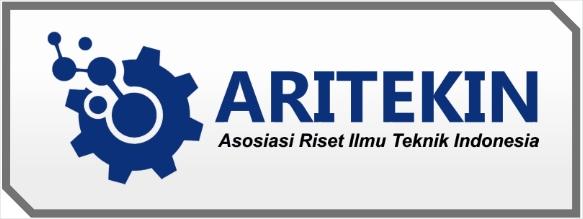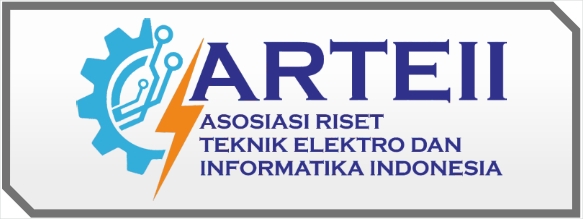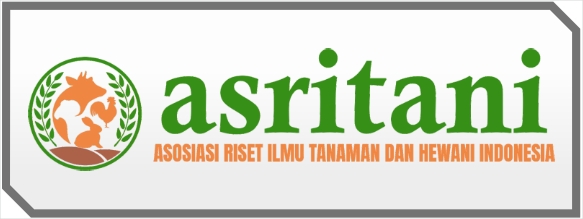The Effect Of Media Composition On The Growth Of Angsana (Pterocarpus Indicus)
DOI:
https://doi.org/10.59581/jtpip-widyakarya.v2i1.2860Keywords:
Angsana trees, MediaAbstract
The purpose of this research was to find out the Influence of the Composite of the Planting Media on the Growth of Angsana Plant and the composition of a good plant media for Angsana plantation. This research uses a single Design (DK) factor, with a medium dose treatment of M0 = Topsoil Each Polybag, M1 = Media 100 Gram Each Polybag, M2 = Media 200 Gram Each Polybag, M3 = Media 300 Gram Each Polybag. As a result, it will continue to be analyzed using the DMRT (Duncan Multiply Class Test) tasks 95% with the application of Statistics tools for Agriculture Research. The length of plant observation, for treatment with less control in each unit with a value of (A0) of 19.33cm, has no significant influence on the treatment of each unit. In addition to treatment (A1) 10 Treatment by (A3) 100.33cm and (A3) 40.33cm had a significant influence on treatment (A0) 19.33cm. of treatment A1, A3 and A2 showed that the influence of organic breastfeeding or animal waste on the supply of Angsana plants increased in length or height in each unit.
References
Anne & L. Decombeix. 2013. Bark anatomy of an Early Carboniferous tree from
Australia. IAWA Journal. 34(2):183–196
Atmaja M.J and Asri C.P. 2011. Morphology and Anatomy Types of Bark of Epiphytic Orchid Host Trees in Plot 5 of Plawangan Hill, Mount Merapi National Park. National Seminar on the 159th Anniversary of the Cibodas Botanical Gardens. ISBN 978-979-99448-6-3
Bayu, A., Hartutiningsih and I.N. Lugrayasa. 2004. Ecology of ferns in Bogani Nani Wartabone National Park, North Sulawesi. Report Technical Section for Flora Conservation, Research and Development Projects Eastern Region of Indonesia, 84 - 89.
Budiman., K. Fidelis. & Sumarso. 2016. Diversity and Characteristics of Black Orchid Host Tree Bark. J-PAL. 7(1).
Dwiyani, R. 2016. Protective Plants around Us. Bali. Udayana University Press.
Hasanuddin. 2019. Types of Epiphytic Orchid Plants in the Jantho Nature Reserve Area Aceh Besar Regency. Unsyiah. Banda Aceh.
Irwanda. H., A. Dwi. & E. Wiwik. 2018. The Effect of Forest Degradation on Population Epiphytic Orchids and Characteristics of Orchid Growing Places in the Region Mount Ambawang, Kubu Raya Regency. Journal of Warta Rimba. 6(3).
Lestari, D.W. & S. Yudi. 2017. Utilization of Angsana Bark (Pterocarpus indicus) as a source of natural dyes in dyeing batik fabric Silk.
Mariyanti, R., S.N. Mallombasang & S. Ramlah. 2005. Study of Tree Characteristics
Orchid Hosts in the Pangi Binangga Nature Reserve Area, Sakina Village Jaya, Parigi Moutong Regency. Jungle News. 3(2):39-48
Metusala, D. 2011. Diversity of Vanda spp. (Orchidaceae) in the Sunda Islands Small-Indonesia. Berk. Penel. Biological. 5A.
Musa, F.F., Syamsuardi & A. Arbain. 2013. Diversity of Orchidaceae Types (Orchids) In the Mount Talang Protected Forest Area West Sumatra. Andalas University Biology Journal (J. Bio. UA.). 2(2):153-160
Downloads
Published
How to Cite
Issue
Section
License
Copyright (c) 2024 Leopoldino V. Martins

This work is licensed under a Creative Commons Attribution-ShareAlike 4.0 International License.














